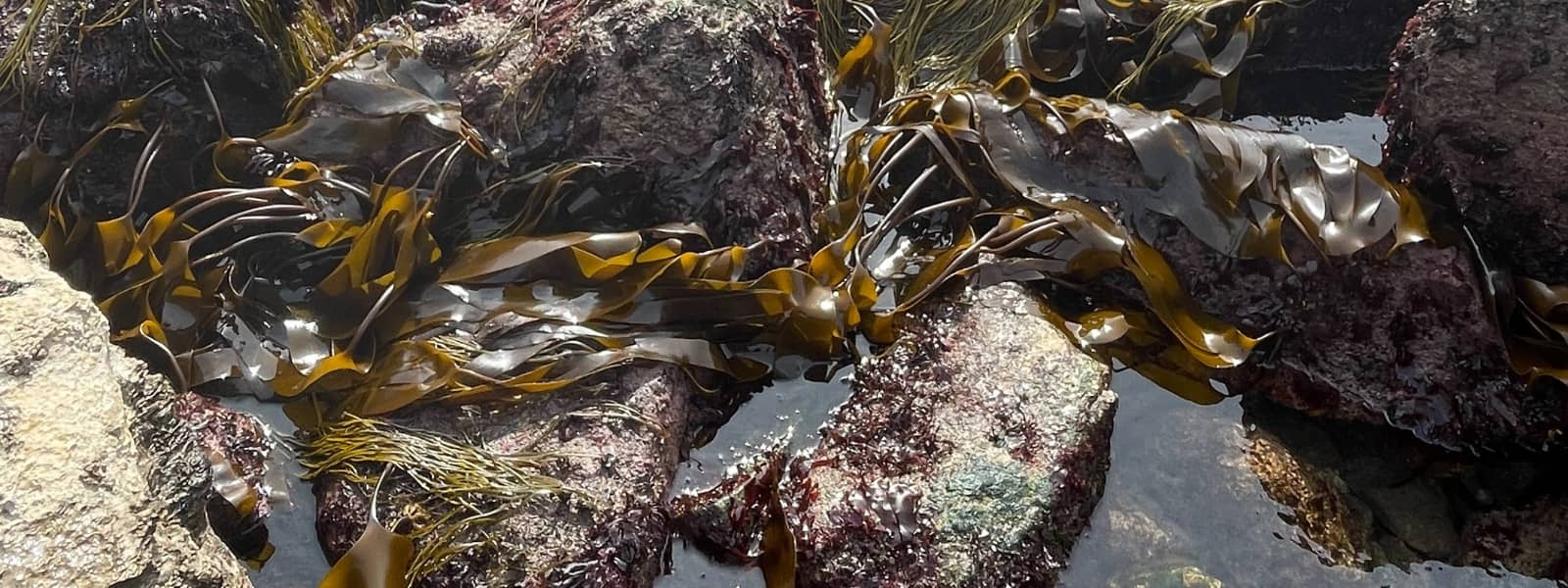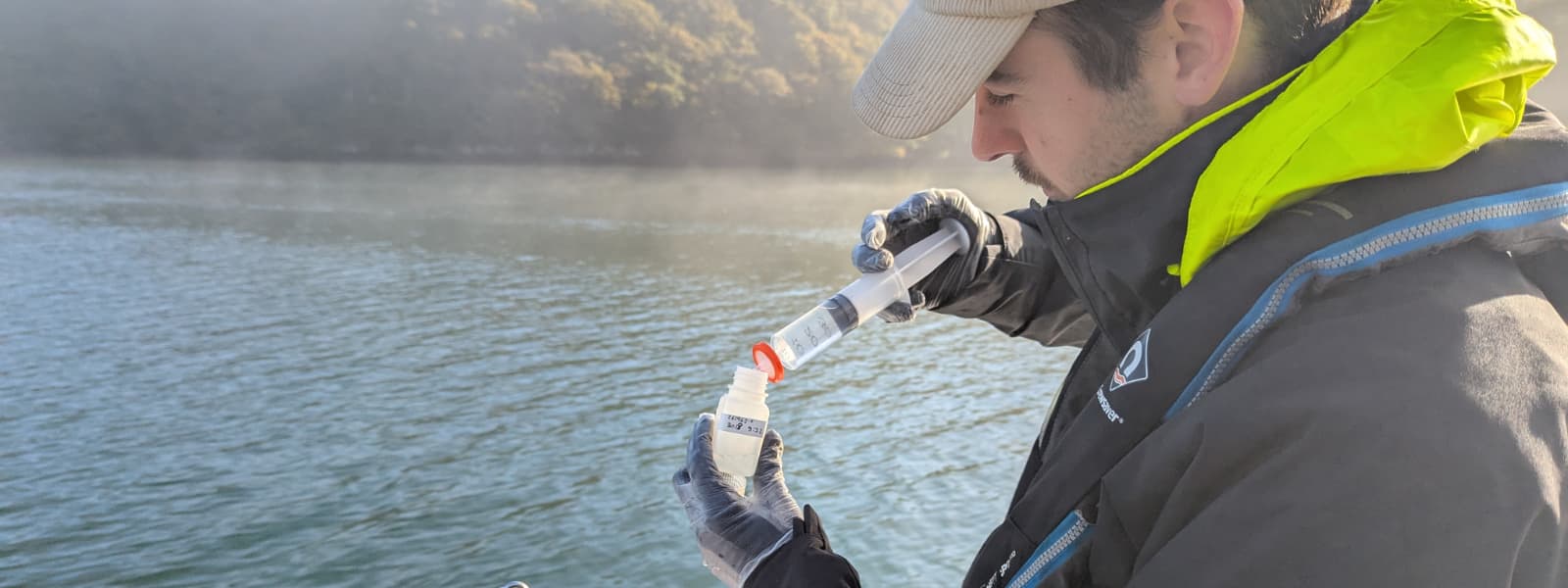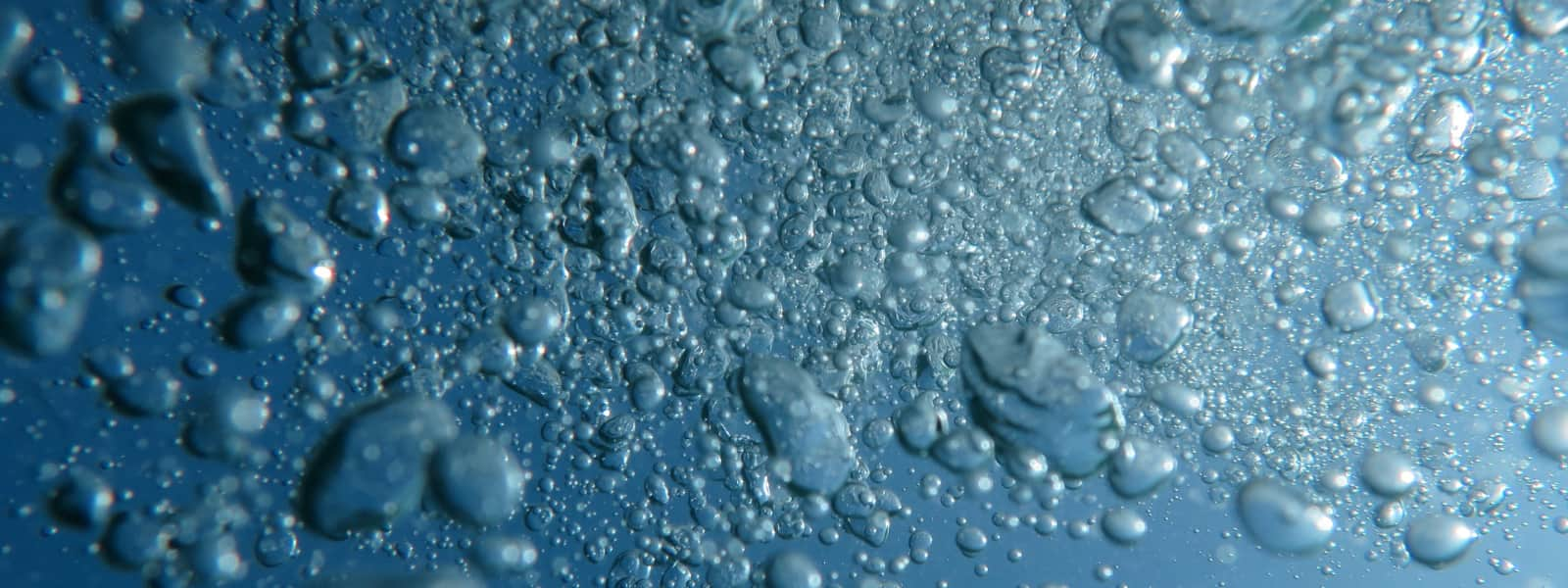PML Applications, together with PML staff and Dr Daryl Burdon (Daryl Burdon Ltd), were commissioned by the JNCC (Joint Nature Conservation Committee) to review and update the universal Asset Service Matrix (uASM), a support tool available on the Marine Life Information Network (MarLIN) project, hosted by the Marine Biological Association (MBA). The update added approximately 6,000 linkages, doubling the uASM content. This valuable resource is readily available for marine managers, stakeholders and the public to better understand the marine environment and inform decision-making.
Dr Daryl Burdon commented,
“Understanding the relationships between natural capital, the ecosystem services it delivers and the benefits these services can provide for society has received increasing attention within research and policy over the last decade. The uASM is a user-friendly, evidence-based online tool which can be accessed by all stakeholders to explore the importance of society’s connections with natural capital and the valuable ecosystem services that our marine environment provides.”
The uASM tool uses the natural capital concept that habitats and species are natural assets, providing ecosystem services that support human well-being, such as climate regulation, wild food provision and our cultural relationship with nature. A clearer understanding of these linkages supports integration of the value of nature into decision-making processes, helping to prevent important natural assets from being undervalued and overlooked.
This project, managed by Dr Heidi Tillin, aimed to address gaps in existing tools, including content on waste remediation and cultural services, the addition of deep sea habitats, and basing information for species on their traits.
What is the universal Asset Service Matrix (uASM)?
The natural capital approach is a framework or system that helps us understand, measure and place value on the various benefits and services that nature provides to people and the economy, by treating nature as a form of capital.
As part of the Defra-funded mNCEA (marine Natural Capital and Ecosystem Assessment) programme, JNCC developed the universal ASM to bring together existing matrices to provide readily accessible information on the ecosystem services that marine species and habitats provide to humans, such as climate regulation and food provision.
The uASM is a tool to promote understanding and demonstrate our dependence on these natural services and to better understand how to protect and restore them. The uASM provides information about:
- Whether there is a link between a habitat or species and an ecosystem service.
- How strong this link is.
- How reliable the evidence in the link is.
The uASM can be accessed and used by anyone, including the public, local governance, fishers and scientists. It was developed to collate the natural asset ecosystem service links from existing marine ASMs (Asset Service Matrix) and wider literature by cataloguing them in a ‘universal’, standardised format. The standardisation within the uASM allows users to export data into any commonly used habitat or ecosystem service classification and enables the creation of bespoke ASMs for specific contexts. It is free and user-friendly, offering access to the knowledge of hundreds of individuals and thousands of hours of work with a few search queries.
By understanding what habitats and species support each service, we can map how different parts of the seabed underpin differing services, enabling better marine spatial planning and management.
Example of Export:

The uASM tool documents evidence on linkages between UK marine natural assets and ecosystem service delivery. In this case, assets refer to marine habitats as well as mobile and non-mobile species. These habitats range in their classification level, using the European Nature Information System (EUNIS), from the broad intertidal zone to specific rock pools dominated by certain algae and seaweed communities. By focusing on specific habitats and species, we can identify the key factors that link and underpin different ecosystem services, enabling us to better understand the value of the marine environment.
For example, cod has a strong link to the ecosystem service of Wild Food Provision because it is a commercially landed species, as shown by fisheries landing data.
In this next example, the ecosystem service is coastal protection because seagrass beds have a strong link to controlling water erosion rates. However, assets often provide multiple services, for example, seagrass beds also link to carbon sequestration, water purification, habitat provision and support for fisheries.
The uASM uses CICES (Common International Classification of Ecosystem Services), a commonly used classification system for natural capital assessments, but has the functionality to be searched using other ecosystem service classification frameworks. This assessment process identifies and measures natural capital based on its provision of ecosystem services, which depends on the habitat/species, its extent/population, and the condition/health. Valuation occurs using the method most suited to the service of interest, such as tons of carbon, market value, or avoided costs.
Imagine this tool as a virtual library. You have a question you wish to answer, and with a few clicks, the uASM can select resources to provide an answer, support the answer with evidence that underpins it and estimate how reliable the evidence is.
Step-by-Step Guide to the uASM Project
The original uASM was based on existing habitat and species asset service matrices. The JNCC commissioned a comprehensive literature review to augment and update the underlying evidence base and to support adding new linkages between assets and ecosystem services.
- The update project began with a gap analysis to identify priority habitats and priority ecosystem services that have fewer linkages in the uASM.
- 15 EUNIS Level 3 broadscale habitats that had fewer ecosystem service linkages in the uASM were identified and prioritised for review and inclusion. These included littoral habitats (coarse and rock), infralittoral and circalittoral features of reefs and deep sea habitats.
- EUNIS Level 4, 5 and 6 habitats within broadscale habitats were assessed to determine whether they were relevant to policy, likely to be irreplaceable or ecologically distinct and likely to provide different levels of ecosystem service, based on expert opinion and existing research. This gap analysis identified a further sixteen habitats from the intertidal to the continental shelf, and eleven deep sea habitats for inclusion in the uASM update.
- Four provisioning services were identified for their importance, including food and materials from wild plants and animals, so gaps in asset-ecosystem service linkages could be readily addressed.
- Regulating services related to waste remediation and coastal protection were considered higher priority for assessment.
- Evidence reviews identified additional asset service matrices in the peer-reviewed and grey literature and further additional evidence to support assessments.
- To assess contributions to ecosystem services by low mobility species, an approach first developed by JNCC as part of previous projects was used, based on ecological and biological traits. Species were selected from the JNCC biological comparative tables, which identified characterising species for UK habitats.
Cultural service links were added by systematically evaluating interest and curiosity, using the number of hits from internet searches from search engines such as Google. The update of approximately 6,000 links to the uASM addressed key gaps and provided the following updates:
- Deep sea habitats: 2,105 links
- EUNIS infralittoral and circalittoral broadscale habitats: 377 links
- EUNIS Level 4, 5 and 6 biotopes complexes-biotopes: 3,650 links
- Low mobility species: 953 species-service links
The uASM is already a widely used tool; with the recent updates providing a more comprehensive database, the uASM will prove a valuable source of information to influence decision-making and research in fields such as marine spatial planning and marine protected areas.



